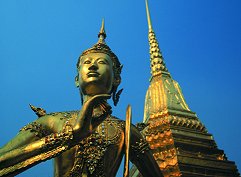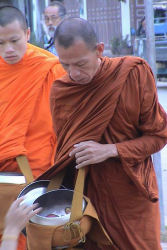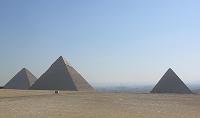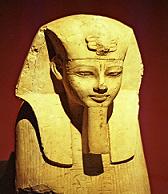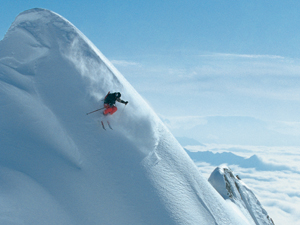
Lying in the heart of Europe... Austria occupies an area of 83,854 square kilometres and is home to over 8 million people. The Alps make up the southern and western parts of the country and peak at the Grossglockner summit.
The powerful Habsburg family ruled Austria from 1278 right up until World War I. Under this dynasty Austria became one of the most dominant political forces in central Europe. The country attracted countless European composers in the 18th and 19th centuries. Beethoven, Brahms, Hayden, Mozart, Schubert and the Strausses all came to Austria at some stage in their careers. Today, this rich musical heritage lives on in the form of the Vienna Philharmonic, the unrivalled Vienna Boys’ Choir, the Musikverein and the Konzerthaus.
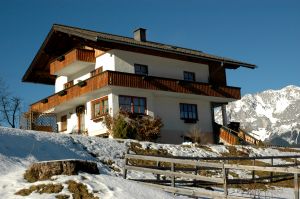
The most dramatic Alpine scenery is found west of Graz and Linz in the Tirol. The capital of this breathtaking region is Innsbruck and it makes a great base for exploration.
Winter sports like skiing and snowboarding, the plentiful hiking trails and the opportunity for romantic cruising on the Danube make Austria a year-round holiday paradise. The cities of Salzburg and Vienna are also well worth a visit. Straddling the Salzach river between Innsbruck and Vienna, Salzburg is Austria’s most picturesque city. Vienna, Austria’s capital city, bears the legacy of the 600-year Hapsburg dynasty. Bursting with architectural gems, it boasts an unparalleled musical ancestry.
Top Austrian Destinations Guide
Salzburg
Salzburg is known as the "Rome of the North" because of the sheer number of churches. A compact city, it is packed full of attractions, and should be an essential part of any visit to Austria. Attractions include the Mirabell Palace whose gardens featured in The Sound of Music; the Hohensalzburg, a beautiful white fortress overlooking the city; the Carolino Augusteum Museum; and the High Altar at Franziskanerkirche. Salzburg is also the birthplace of Mozart. Visit the Mozarteum - the college of music where Mozart composed "The Magic Flute."
The Hohe Tauern National Park
The Hohe Tauern National Park is one of the last great wilderness areas in Europe. The area has been immaculately preserved and showcases nature at its best. Taking up an area of more than 1,000 sq.km, it lies at the foot of Austria's highest mountains.The park offers plenty of activities including more than 450km of ski and snowboard slopes and a vast network of nature trails.
The Museum of the Future (Ars Electronica), Linz
Prepare to be visually stunned with five levels of 21st-century technological wizardry. The museum aims to ‘ facilitate and implement the harmonious collaboration of art, technology and society’ and it is this collaboration that is so fascinating.
Eisriesenwelt Caves
First discovered in 1879 by Anton Posselt, the Eisriesenwelt Caves are the largest ice caves in the world. On a tour of the caves you will be given a carbide lamp to guide yourself though the passage. The caves are decorated with all kinds of ice formations including gigantic columns and towers, waterfalls and glaciers. The cave remains frozen throughout the year and even in summer the temperature remains at around 1 degree centigrade
The Benedictine Abbey, Admount
The Benedictine Abbey was founded in 1074 by Archbishop Gebhard of Salzburg. The Abbey was destroyed by fire in 1865, the world-famous Baroque library was untouched.
Gurk Cathedral was founded by the Benedictine order in the 11th century and is regarded as the most outstanding example of Romanesque architecture in Austria.
The Grossglockner Alpine Road
Since 1935 the Grossglockner Alpine Road has played host to more than 50 million visitors. It is the most famous of all alpine roads and terminates at the highest mountain and the largest glacier in Austria, the Grossglockner (3798m). Driving up the Grossglockner Alpine Road is an experience not to be missed, just sit back, relax and enjoy spectacular views.
Vienna - Top Attractions
The Spanish Riding School of Vienna has been cultivating the art of equitation in its purest form for more than 400 years. It trains both horses and riders according to centuries-old methods. The Lipizzans and dressage have become synonymous with the school and you can see them both at any of the shows or special events held here.
The Austrian National library is the oldest in the world. The palatial room with its mesmerizing ceiling paintings by Daniel Gran is regarded as one of the most beautiful library rooms in the world.
The Belvedere palaces were built for Prince Eugene of Savoy. The Palaces’ architecture and interior design are in the Rococo style. They now house two museums which offer an excellent and comprehensive survey of Austrian art from the middle ages to the present day.
Built in 1279, the Hofburg Imperial Palace bears testament to the wealth and power of the Hapsburgs. It was home to Austria’s ruling family until 1918. Today, the Imperial Palace houses the offices of the Austrian president, an international convention centre, the chapel where the Vienna Boys' Choir perform, the hall where the Spanish Riding School Lipizzan stallions perform as well as various official and private apartments and several museums and state rooms which are open to the public.
The enormous and elegant Schönbrunn Palace is one of Vienna's top attractions. Originally the 1,440-room summer palace of the Habsburgs, it was designed by Johann Bernhard Fischer von Erlach and completed in 1711. Forty of the 1440 rooms are open to the public. The interior is designed in the classic Rococo style of the 18th century with lots of red, white and gold. There are beautiful formal gardens surrounding the palace.
The Vienna Natural History Museum is based in a handsome neo-Renaissance building near the Museum of Fine Arts. This museum has important collections of early Stone Age exhibits. The most famous display at the museum is a Stone-Age body called "Venus of Willendorf," whose unearthing in 1906 confirms Vienna’s ancient origins.

